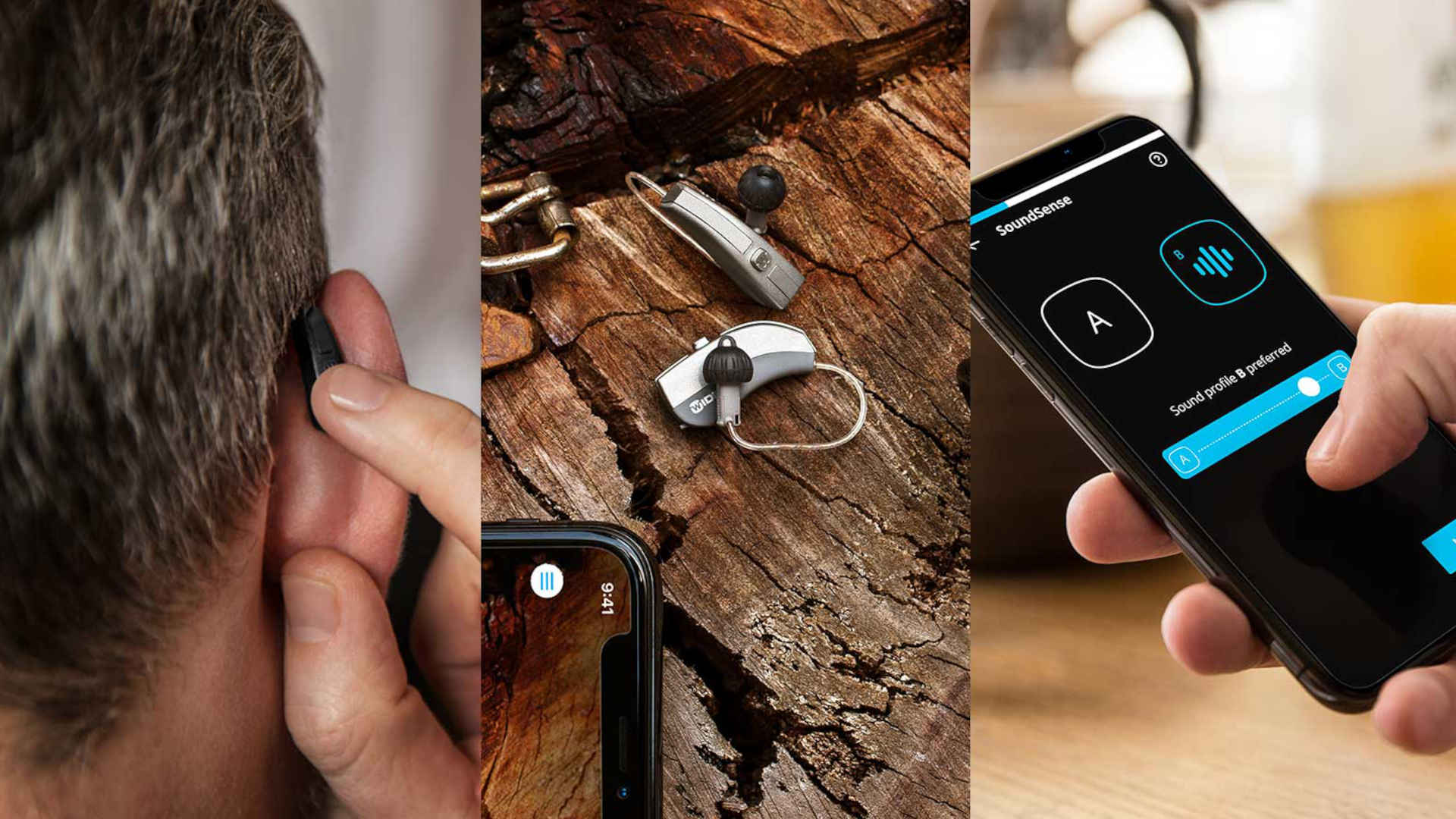
The best hearing aids: 5 things to think about
Looking for the best hearing aid in the world? We’d love to give you one clear answer, but the best hearing aid for you depends on your specific hearing loss, your needs and your lifestyle. So let’s dig into what you need to consider in order to find the perfect match.
Created Updated
Hearing aids
How’s my individual hearing loss?
Hearing loss is extremely individual. Maybe you have slightly reduced hearing in one ear, or you could have a severe hearing loss in both ears. This all plays into the capacity of the hearing aid – the more severe your hearing loss is, the more power you need from your hearing aid. And that will influence the size and the models you can choose from.
What size and style would work for me?
Hearing aids come in a range of different styles, sizes and colours, so you should consider which hearing aid style fits your needs. Do you want to keep your hearing aid discreet? Or do you wear it with pride? BTEs (behind-the-ear) are placed behind your ears, as are RICs (receiver-in-canal). The RICs, however, are smaller. CICs (completely-in-canal) sit directly in your ear canal and are very hard to see. You can get them in different colours to match your skin tone.
It’s also important to consider handling. If you have dexterity issues, it may be easier for you to handle a larger BTE hearing aid than the small RICs or the tiny CICs.
What features do I need?
You can get hearing aids that simply help improve your hearing. And you can get hearing aids that’ll stream sound directly from the TV, track your activity levels, help you personalize sound via AI... they’ll almost serve you coffee! Think about your lifestyle. Do you binge-watch series? Go for a run every day? Are you into new technology and know how to operate your smartphone with your eyes closed? Or maybe you simply want to hear the conversations around you better.
Also, think about your mobility and whether you live far from a hearing care professional. Some hearing aids can be fine-tuned remotely via video streaming, so you don’t need to visit the hearing care professional to get an adjustment. If you live far away from one, that can be a big plus.
What kind of power source would I like?
There are three main ways to power your hearing aids : disposable batteries, rechargeable batteries, and fuel cell technology (coming very soon!)
Disposable batteries need changing every so often, and can be challenging to handle, especially if you have poor eyesight or dexterity issues. In that case you may want to opt for a solution that’s more flexible. Hearing aids with rechargeable batteries are easier to handle since you don’t have to remove any batteries yourself. You can use your hearing aids all day and charge at night, so long as you have a power outlet – and remember to charge them!
Fuel cell technology is the most recent approach to energising hearing aids. With fuel cell technology you re-energise a fuel cell instead of recharging a battery. And instead of a charger plugged into a power outlet, you click the hearing aid into an off-grid refill unit. The fuel cell can be re-energised in 20 seconds and last for 24 hours, so it’s especially handy if you’re an active person who lives in the fast lane – or if you have dexterity or memory issues.
How’s the sound?
For this one you’ll need to try on different hearing aids, because every hearing aid, or at least every brand, has its own unique sound. But, overall, go for a clear sound that’s as close to what the sound is like in real life – without any distortion. A good, natural sound is what you want.
Some hearing aids have features to improve the sound around you as it changes. So consider whether your listening situation changes often during a day – maybe you’re going from listening to music, to conversation, to being in traffic? It could also be that you’re mostly in the same listening situation and don’t need your hearing aid to adapt the sound constantly – then there’s another option for you.
Some advanced hearing aids also have apps that will use machine learning and AI to help you personalise the sound in a simple way that doesn’t require much of effort on your part.